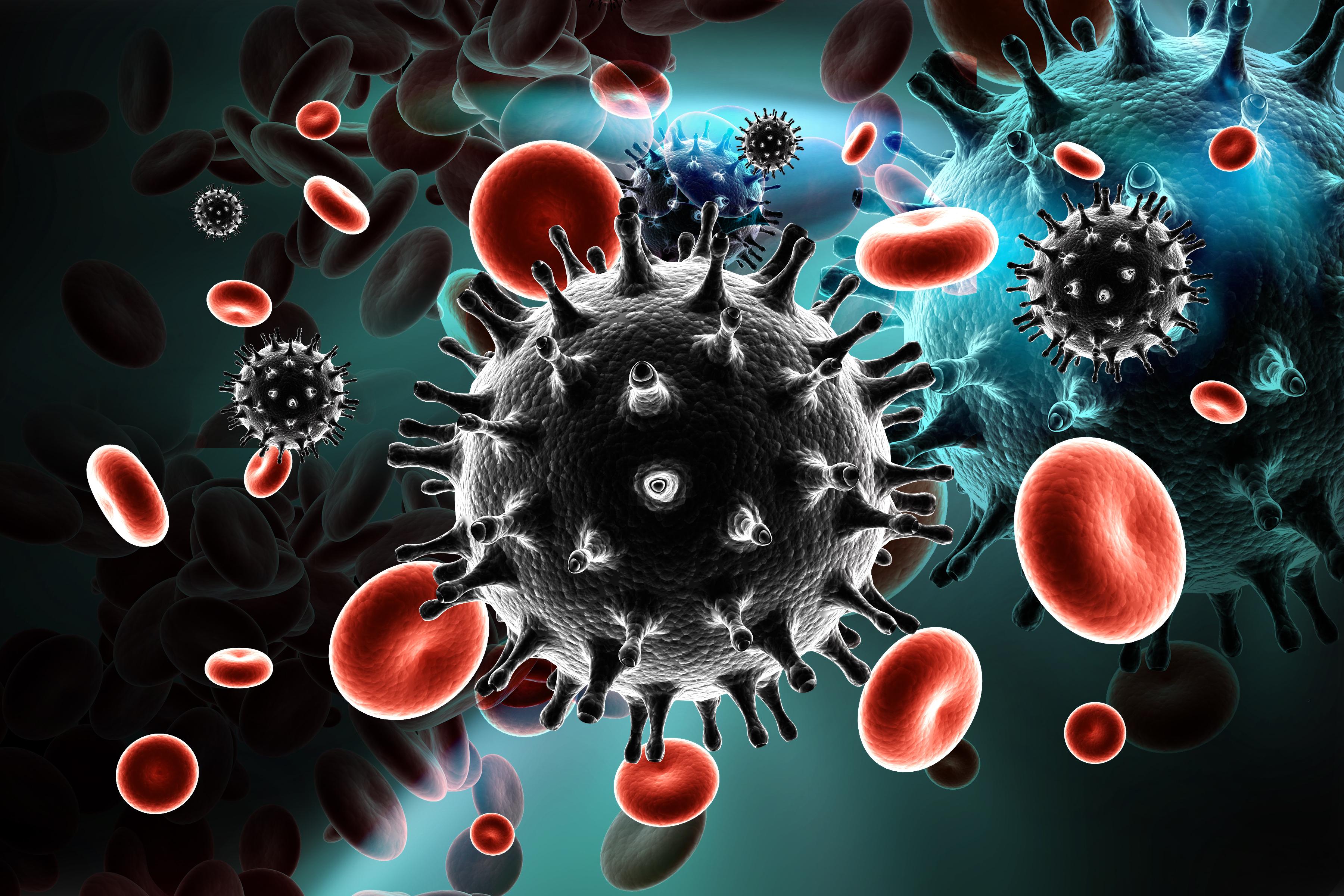
Human Immunodeficiency Virus (HIV) remains one of the most challenging global health issues, affecting millions of people worldwide. Understanding its origins is crucial for developing effective prevention and treatment strategies. This article explores the scientific perspective on the origins of HIV, its transmission, historical context, and the global impact of the HIV/AIDS pandemic.
Understanding The Transmission Of HIV
HIV primarily spreads through unprotected sexual intercourse, sharing contaminated needles, and from mother to child during childbirth or breastfeeding. To comprehensively tackle the epidemic, it's essential to delve into the roots of HIV transmission.
The Zoonotic Transmission Hypothesis
Scientists propose that HIV originated from non-human primates, particularly chimpanzees, through a process known as zoonotic transmission. This hypothesis suggests that the Simian Immunodeficiency Virus (SIV) in chimpanzees mutated into HIV when transmitted to humans. Investigating this transmission pathway is crucial for preventing future zoonotic events.
Historical Context Of The HIV Epidemic
The emergence of HIV in the late 20th century sparked a global health crisis. Exploring the historical context helps us understand the social, political, and economic factors that fueled the epidemic. It is imperative to analyze the initial responses and shortcomings to inform future public health strategies.
The Role Of Simian Immunodeficiency Virus (SIV)
SIV, a virus present in various species of African primates, plays a pivotal role in the origin of HIV. Research on SIV and its interactions with the human immune system provides valuable insights into the virus's evolution and adaptation. Understanding these dynamics is crucial for developing targeted interventions.
Global Impact Of The HIV/AIDS Pandemic
The HIV/AIDS pandemic has had profound social, economic, and health consequences globally. Examining the impact on different regions and communities sheds light on the need for comprehensive and inclusive approaches to address the multifaceted challenges posed by the epidemic.
Scientific Efforts In HIV Research And Prevention
Over the years, extensive research efforts have been directed towards understanding HIV and developing preventive measures. Advances in antiretroviral therapy, pre-exposure prophylaxis (PrEP), and vaccine development showcase the progress made in mitigating the impact of HIV. Ongoing research aims to discover innovative strategies for better prevention and treatment.
Debunking HIV Myths And Conspiracy Theories
Misinformation and conspiracy theories surrounding HIV have hindered effective public health measures. Debunking common myths, such as the belief that HIV is a man-made virus, is crucial for promoting accurate information and reducing stigma associated with the infection.
Human Behavior And The Spread Of HIV
Human behavior, including sexual practices, injection drug use, and cultural norms, significantly influences the spread of HIV. Understanding these behavioral patterns is essential for designing targeted interventions that address the root causes of transmission and promote safer practices.
Advancements In HIV Treatment And Care
Medical advancements have transformed HIV from a once-debilitating illness to a manageable chronic condition. Antiretroviral therapy has extended the lifespan of individuals living with HIV and reduced the risk of transmission. Ongoing research continues to explore innovative treatment modalities and improve the quality of life for those affected.
Conclusion
In conclusion, unraveling the scientific mysteries behind HIV is crucial for addressing the ongoing global health crisis. The zoonotic transmission hypothesis, historical context, and the role of SIV provide a comprehensive understanding of the virus's origins. The global impact of the HIV/AIDS pandemic underscores the urgency of continued research, prevention strategies, and addressing socio-cultural factors.
By debunking myths and understanding human behavior, we can work towards a world where HIV is effectively managed, and new transmissions are prevented. Ongoing scientific efforts and advancements in treatment and care offer hope for a future where HIV is no longer a devastating global health threat.

